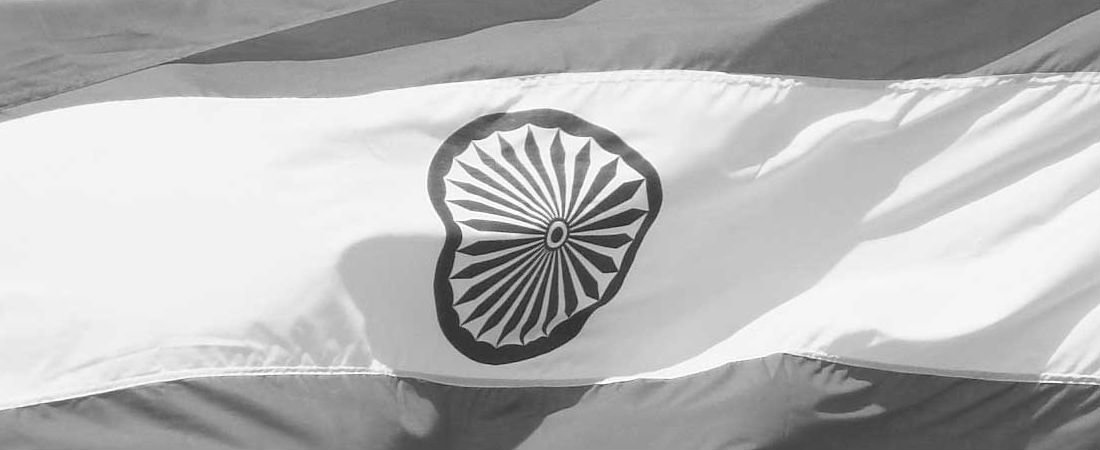In February, Arvind Kejriwal’s Aam Aadmi Party (AAP) won 67 out of 70 seats in the Delhi state elections, suggesting that Indian Prime Minister Narendra Modi’s honeymoon with the Indian people has ended. With Modi’s Bharatiya Janata Party (BJP) securing just three seats, there was little evidence of the aura that has surrounded Modi over the past nine months.
Modi’s team has carried out impressive social media campaigns to raise his profile online. With government statistics showing that on average each Delhiite has more than two phones, and many owning smartphones, Modi’s activities should have had some influence among Delhi’s 9.8 million people.
What resources did he have to work with?
Over the past year Modi’s profile on social media has steadily risen, and he is one of the first Indian politicians to have active accounts on Twitter, Facebook, Google+, YouTube as well as a website. It would be unfair to entirely ignore his large fan following.
As of this month, Modi is the world’s second-most followed politician on Twitter. With a staggering 10.3 million Twitter followers, Modi sits second place only to President Barack Obama, who has 55.4 million followers. His popularity on Twitter has jumped from 6.13 million in September 2014 to more than 10 million in a span of five months – and both Modi’s personal Twitter account and that of his office are some of the fastest growing political accounts.
Modi’s popularity continues to climb on Facebook – the world’s biggest social networking site – on which he is the second most popular politician, again positioned just after his US counterpart. Facebook expects Modi’s page to continue to grow and to become one of the largest for a head of state globally.
However, sceptics question whether counting Twitter followers, retweets and Facebook “likes” is the best way to look at the success of a world leader’s social media profile. Inactive accounts and fake followers are present on all digital platforms and therefore the figures are not completely accurate.
Others argue that the problem has not been Modi’s lack of communication online but rather his limited emphasis on development issues. People want change, not tweets.
So what can we learn?
While nationally his social media activities have so far borne little fruit, internationally they have had greater success. Modi has enthusiastically engaged in Twitter diplomacy, ranging from diplomatic courtesies, such as responding to congratulatory messages from his US, British, Canadian or Russian counterparts, to connecting with the people of a country he plans to visit.
In August last year, two days before his first visit to Japan, Modi posted eight tweets in Japanese from his personal handle, tagging two to his Japanese counterpart Shinzo Abe.
He explained: “Friends from Japan asked me to talk to the people of Japan directly in Japanese.” The tweets were highly appreciated and, while on his trip to the country, he even received an unexpected hug from the “usually stiff” Japanese Prime Minister!
There is no doubt that social media is a strong platform and one that is becoming increasingly important for Indian politicians and political parties. As there is greater internet penetration and cheaper smartphones become readily available, more and more Indians will come online, which will make social media an even more integral part of Indian politics.
Yet Modi’s 10.3 million-strong Twitter profile has had the most positive impact on India’s image aboard. It shows how social media platforms can be used to not only gain popularity but also to reach out to millions of people globally. But we are yet to see whether his impressive online profile will translate into assembly seats and actual political power.



